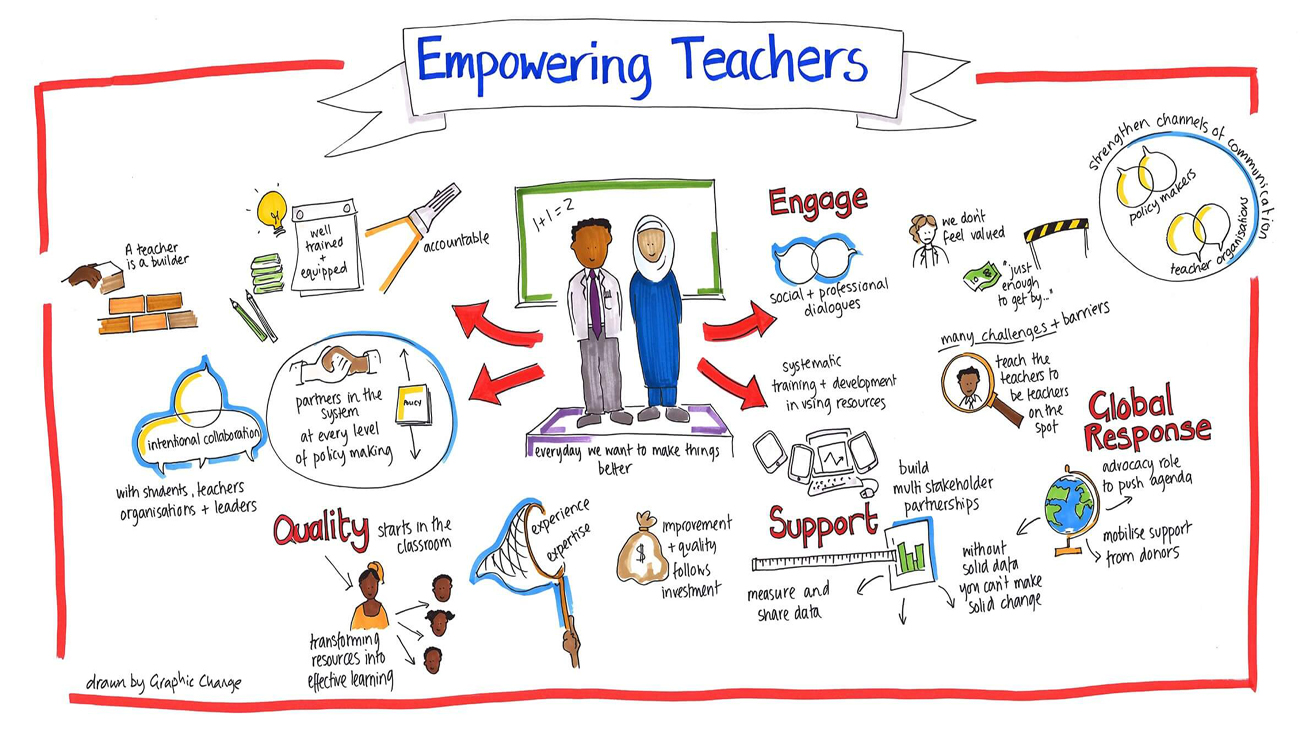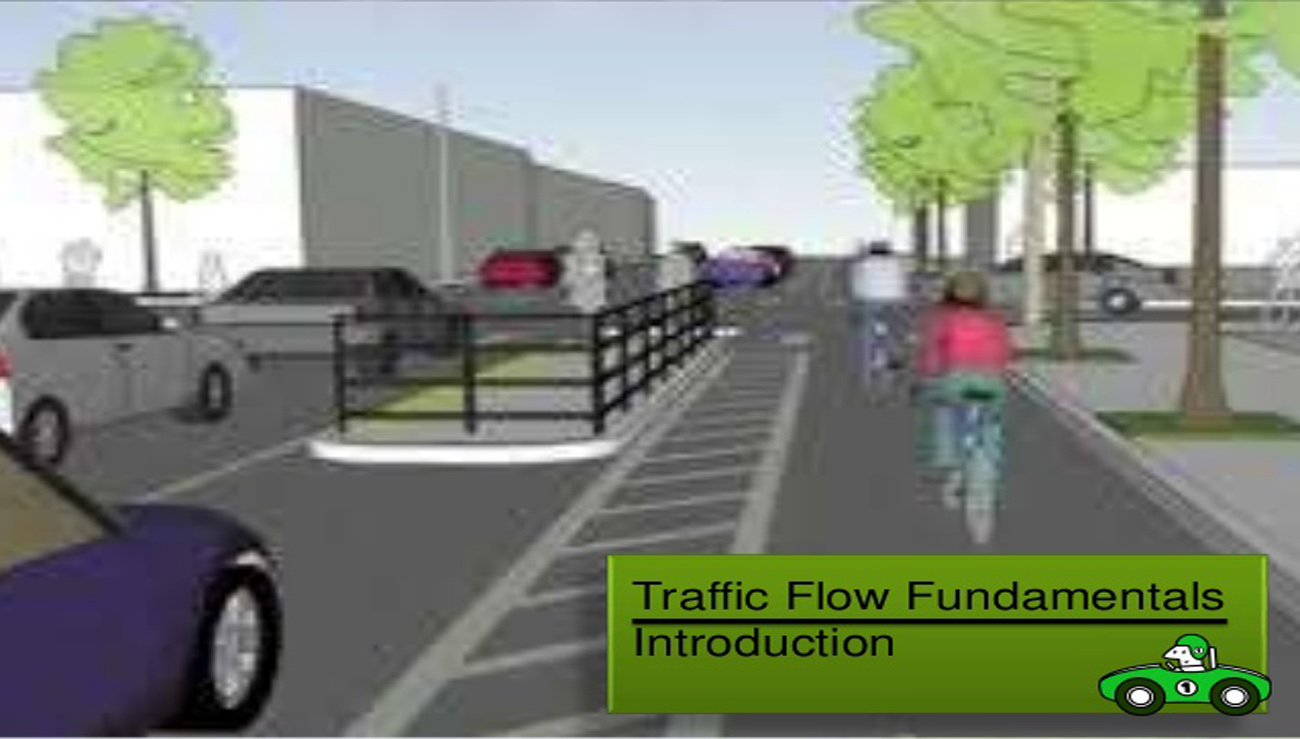
Empowering Teachers to Implement CCE in Classroom: ODL Initiatives
Abstract:
Continuous and Comprehensive Evaluation (CCE) is a major focus of the National Curriculum Framework (NCF) – 2005. Along with the Central Board of Secondary Education (CBSE) at the Central level, many State secondary education boards have implemented CCE at elementary and secondary levels in last few years. In-service teachers, practicing the traditional mode of assessment are yet to come to terms with the CCE. They are facing problems not only with the process but also with the terms (or jargons used in CCE documents). Teachers have been facing problems with the effective implementation of CCE. Many times, parents also have complained that CCE has just replaced the trimester examination with unit tests. Reality is that due to lack of proper orientation, teachers are not able to do justice with CCE processes. To facilitate practicing teachers across the country, Distance Education Programme – Sarve Shiksha Abhiyan (DEP-SSA), a national project of the Ministry of Human Recourse Development, Government of India at Indira Gandhi National Open University (IGNOU) initiated workshop mode orientation of practicing teachers all around the country. DEP-SSA practiced a unique technology blended workshop model to prepare master trainers at elementary level among various states. Present paper presents a critique of the model of workshop, way of orientation and efforts made to ensure quality and uniformity of training content in this training model. Researcher being a participant in planning and implementation of the experiment, analyzed the whole experiment. It is found that with millions of teacher practicing in school without proper orientation and training, it is not possible to achieve the goals behind implementation of CCE. As the Right to Education Act also provides certain guidelines for the evaluation process to be in holistic perspective, CCE has to play a crucial role. Experiments like one of the DEP-SSA are opening new ways to orient the teacher at their workplace. We can adopt such experiments and adopt them as per local needs and settings to enrich our practicing teachers as onus of successful implementation of CCE lies on their shoulders. Continuous and Comprehensive Evaluation (CCE) is a major focus of the National Curriculum Framework (NCF) – 2005. Along with the Central Board of Secondary Education (CBSE) at the Central level, many State secondary education boards have implemented CCE at elementary and secondary levels in last few years. The introduction of Continuous and Comprehensive Evaluation (CCE) is considered as one of the major steps towards improving and strengthening the quality of learner evaluation. Continuous evaluation is an approach that would capture the full range of learners’ performance (Kothari and Thomas, 2012). CCE refers to a school based evaluation, which covers all aspects of school activities related to child’s development. It emphasizes two fold objectives such as continuity of evaluation and assessment of learning outcomes in a comprehensive manner. It covers all the domains of learning i.e. cognitive, affective and psychomotor domains. It treats evaluation as a developmental process. Evaluation in the cognitive domain is associated with the evaluation of cognitive abilities such as knowledge, understanding, application, etc. Evaluation in the affective domain means evaluation of attributes such as attitudes, motives, interests, and other personality traits. Evaluation in the psychomotor domain involves assessing learners’ skills to use their hands (e.g. in handwriting, construction and projects). In CCE, student’s performance in both scholastic and co-scholastic areas is assessed. CCE aims to reduce the curricular workload on students and to improve the overall abilities and skills of students by means of evaluation of students’ performance in various types of activities. Teachers have been following the traditional mode of evaluation and they believe in that system because they were trained to do so and they have successfully practiced it since they started teaching. Proper re-training of teachers is needed. In the changed scenario, a teacher ought to maintain a number of records like child’s portfolios, anecdotal records, prepare checklists, rubrics for assessment. Practicing modes and modalities of CCE is a challenge before traditional teachers. More workshops have to be conducted at State levels and care has to be taken that all teachers undergo thorough training before they start implementing CCE in their classrooms (Kothari and Thomas, 2012). It is absolutely essential that teachers need to be provided with orientation about the CCE scheme incorporating both the scholastic and co-scholastic areas of learners’ growth. (Saxena and Namdeo, 2012) Many times, parents also have complained that CCE has just replaced the trimester examination with unit tests. Gohain (2011) reported that according to a survey conducted by National Association of School Principals, 62% of the parents felt that CCE is not a better system. Reality is that due to lack of proper orientation, teachers are not able to do justice with CCE practices. It has been realized that a sincere effort for training of teachers is required.
Author(s):
Gaurav Singh, Assistant Professor, School of Education, Indira Gandhi National Open university, New Delhi–68, India
DOI:
Keywords:
References:
Bansal G. (2013). Challenges posed to teachers during the implementation of CCE: Way ahead, paper presentation in National Conference on assessment Practices in Schools, RIE, Mysore, retrieved on July, 04 from: www.riemysore.ac.in/conference/index.php/riemaa/ncaps/paper/…/35
CBSE. (2011). Continuous and Comprehensive Evaluation. retrieved on March 28, 2013, from http://cbse.nic.in/cce/index.html#cbse.nic.in/circulars/cir39(2009).pdf
Gohain, M.P. (2011). 67% Teachers are not comfortable with CCE, a TOI report, Sep 29, 2011, retrieved from http://articles.timesofindia.indiatimes.com/2011-09-29/news/30217982_1_cce-summative-assessment-continuous-evaluation
Jose, R. (2012). CCE adding to stress: Teachers, a TOI report, Dec 22, 2012, retrieved from http://articles.timesofindia.indiatimes.com/2012-12-22/ludhiana/35968782_1_cce-cbse-teachers
Joshi, V. (2011) quoted in TOI (Jul 23, 2011). More training for teachers to handle CCE, retrieved from http://articles.timesofindia.indiatimes.com/2011-07-23/chennai/29807263_1_cce-teacher-training-vineet-joshi
Kothari, R. G. and Thomas, M. V. (2012). a study on implementation of continuous and comprehensive evaluation in upper primary schools of Kerala, MIER Journal of Educational Studies, Trends & Practice, 2(2), pp. 168-176
NCERT (2003). Continuous and Comprehensive Evaluation: Teachers’ handbook for Primary Stage, New Delhi: NCErT
NCERT (2005). Position Paper: National Focus Group on Examination reforms, New Delhi: NCERT
Saxena, P. and Namdeo, r. P. (2012). Continuous and comprehensive evaluation: a challenge before teacher, Ultra Scientist Vol. 24(3)B, 529-534
TOI (2013). CBSE wants teacher training programme every year, May 10, 2013 retrieved from http://articles.timesofindia.indiatimes.com/2013-05-10/news/39168169_1_cbse-programme-ccewww.cbse.nic.in/cce/cce-manual/chapter_1.pdf




